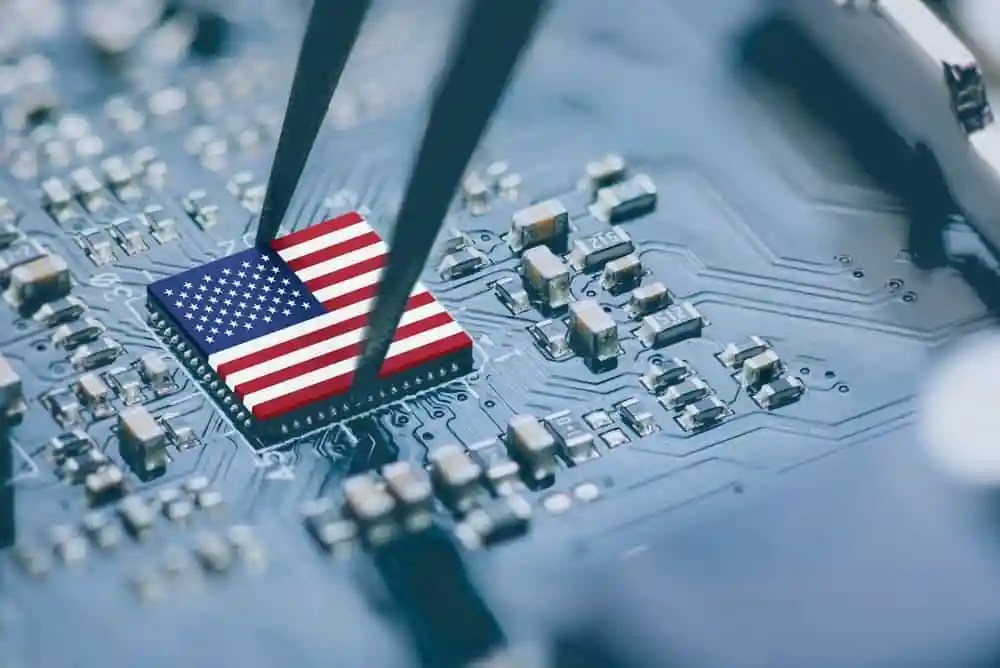By Peter Sherer
At Re:Build Optimation, one of our corporate initiatives is to seek out and support clients who are interested in either maintaining or relocating their manufacturing assets to the U.S., rather than sending their product-building work offshore to other, lower-cost labor markets. While this is an admirable goal, sometimes the actual achievement of this desire is a financial challenge. Our customers struggle with how to offset the higher labor cost of our U.S. workers with other cost reductions or avoidance.
Re:Build Optimation can offer an approach that is crafted to address this very issue: How to enhance or upgrade a client’s existing manufacturing equipment and methods in a way that increases competitive advantage while creating a cost structure that enables the continued presence of the customer’s business in the U.S. This approach is based on a strategic assessment of what improvements will need to be implemented to create competitiveness, then identifying and leveraging elements of the client’s existing production base, and finally enhancing the performance of the existing line with custom-designed technology upgrades or installation of incremental new machines to deliver needed results.

As a side note, while it would appear as though the worst of the pandemic is now behind us, in the manufacturing world, the struggle to regain control of supply chains and return to pre-COVID delivery performance and staffing levels is still an issue. Many companies are learning that their historical models for staffing and compensation are simply not luring people back into their factories. Thus, even though it would seem the recovery is here, the negative impact is still being felt.
We see a problem with our domestic manufacturing presence that is applying pressure from two issues, one being our goal to maintain a U.S. presence, the other being the after-effects of COVID and a reduced labor pool to draw from. Our approach includes an ability to address this shortfall in qualified staff to replenish production teams. In collaboration with our client, we qualify certain manufacturing tasks to be converted to automation as part of our overall solution plan. Depending on task complexity, this conversion could alleviate the need to re-hire qualified workers, and over time would help boost output and reduce delivery time, potentially restoring pre-pandemic production performance.
At the outset of a journey to implement this new, enhanced manufacturing approach, a company might do well to consider the following three first steps to launch an improvement project:
Since Re:Build Optimation is not bound by attempting to fit an existing equipment model into a client’s problem statement, we can alternatively seek out residual value in a customer’s existing equipment base and offer targeted technology upgrades to supplement and enhance the machinery that is capable of meeting needed performance metrics. We do this by visiting our client at his factory and identifying where and what in his production workflow is working well, and what machinery might benefit from the implementation of automation, either to replace lost labor or to provide a needed performance boost. This on-site investigation should generate a list of possible tasks where:
A total replacement (new manufacturing line) as quoted by a purveyor of pre-engineered equipment. This solution is typically high-cost and involves compromises or changes to our client’s production methods to accommodate equipment functionality limitations.
A custom-designed solution, as we have outlined, that takes advantage of the residual value of existing assets and dispenses capital expenditure to make targeted improvements. We believe that this is the least disruptive to a client’s existing and future operations, and by design fits their financial needs.
At Re:Build Optimation, we view the challenge of assisting our clients with deriving their most beneficial capital solution as an exercise in fluidity, where the eventual outcome is tailored to the client’s business needs, production nuances, capabilities, and cost and schedule constraints. It, therefore, follows that when pursuing an automation opportunity, we guide our customers through a series of phases and gates that we have learned to drive a predictable outcome, irrespective of applying pre-existing solutions or technologies. With the client’s strategic goals, business objectives, and User Requirements in hand, we are well-equipped to come alongside our customers and collaborate with them to innovate and create a system tailored to their specific needs.
Looking to connect with an experienced team?
Look no further than Re:Build Optimation! We are excited to connect with you.